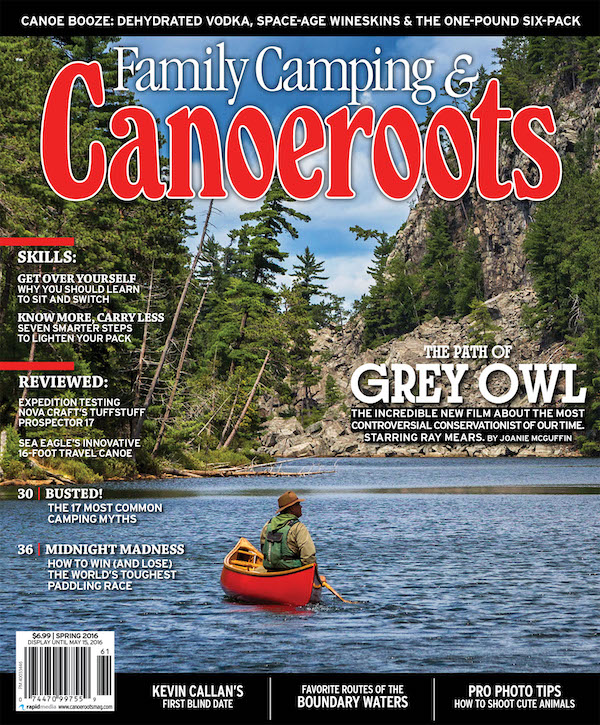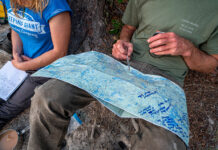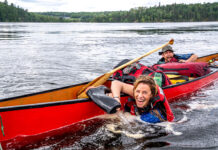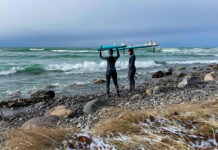A hundred years ago, in February of 1916, Ernest Shackleton and the crew of the Endurance were stranded on an ice floe drifting aimlessly around Antarctica’s Weddell Sea. This unfortunate event occurs after their expedition ship sank following 10 months trapped in sea ice. The Endurance men don’t know it but in April 1916, the floe they’re camped on will break up, necessitating that they take to three 20-foot-long rowboats and face the frigid sea. The 28 men will land on tiny and barren Elephant Island, from which Shackleton will launch a rescue mission, rowing 720 nautical miles across stormy open seas to reach South Georgia Island. He and his small rescue party will scale the mountainous shore with only 50 feet of rope and one carpenter’s adze between them to reach a whaling station and salvation on the island’s far side.
You probably know this story. Shackleton’s firsthand retelling, South, is one of the greatest survival stories of all time. The tale of suffering is a testament to the extremes of human endurance, and Shackleton’s leadership under pressure is legendary. Plus, it’s a story with a happy ending—it’s one of few polar misadventures in which everyone survives.
This past spring I reread South while preparing for my own epic, though far less impressive, feat of survival. My first canoe marathon. Shackleton’s stiff upper lip provided much needed perspective during training, when my body ached or I felt discouraged. “At least you’re not stranded on an ice floe in the Weddell Sea” became my strange, inspirational mantra.

Prior to June, I’d never entered a canoe race, or paddled a racing boat. Signing up for the Yukon River Quest, the longest annual canoe and kayak race in the world, felt a bit like signing up for an ultra-marathon before completing a five kilometer run. I didn’t know if I’d have the muscles, stamina and will to finish.
As it turns out, competition in the Yukon River Quest included Ironmen and former Olympians. To be expected. It also included grandfathers, teenagers and cancer survivors. Racers ranged in age from 17 to 71. Paddlers were from all walks of life. One voyageur canoe team consisted entirely of senior women—and they kicked my butt. The low-impact mechanics of canoeing allow for competitors to continue paddling (and win!) long after giving up more wearing sports.
Just like every other aspect of canoeing, I discovered marathons aren’t a battle of brawn. For the most part, it’s a head game. Armed with the necessary skills, all that’s needed is a willingness to face the next challenge and the next forward stroke. This seems to hold true whether tackling an intimidating race, a burly expedition or weekend trip with toddlers.
This year, resolve to do something outside your comfort zone on the water. Try something new. Surprise yourself. And if your endeavor goes south, put your misfortune into perspective by repeating the following: At least I’m not stranded on an ice floe in the Weddell Sea. I find it helps.

Subscribe to Paddling Magazine and get 25 years of digital magazine archives including our legacy titles: Rapid, Adventure Kayak and Canoeroots.








